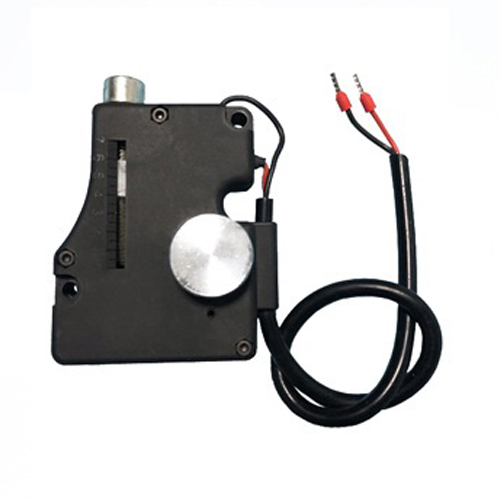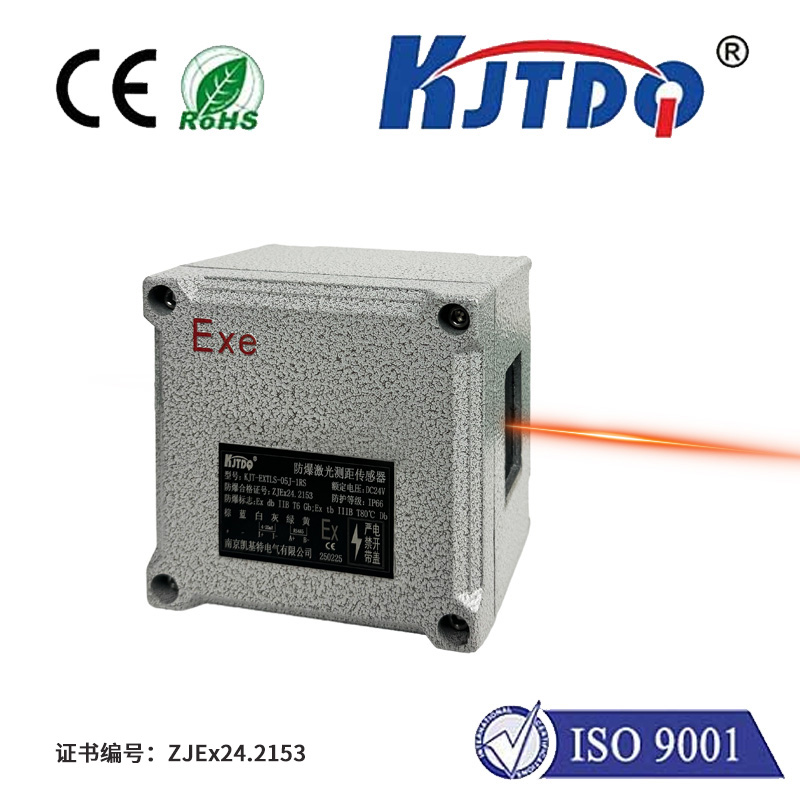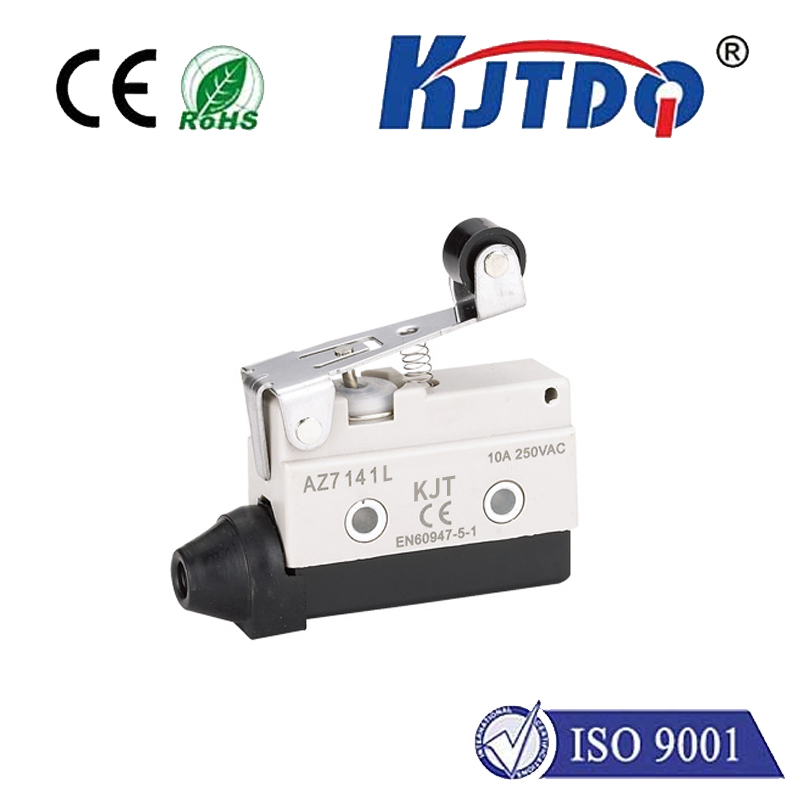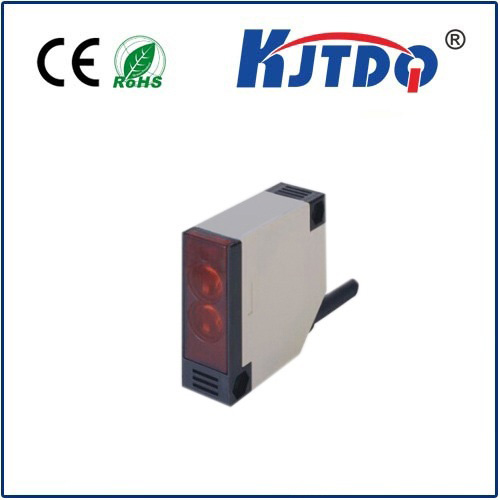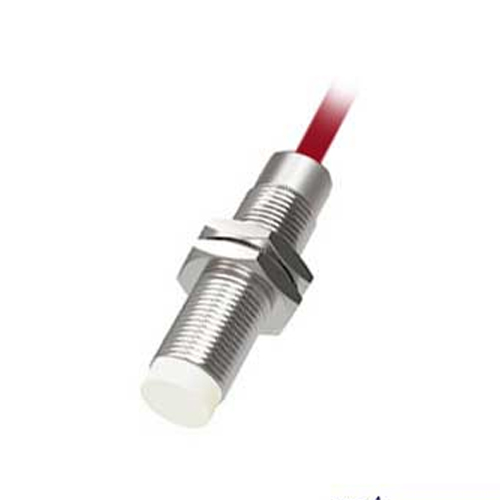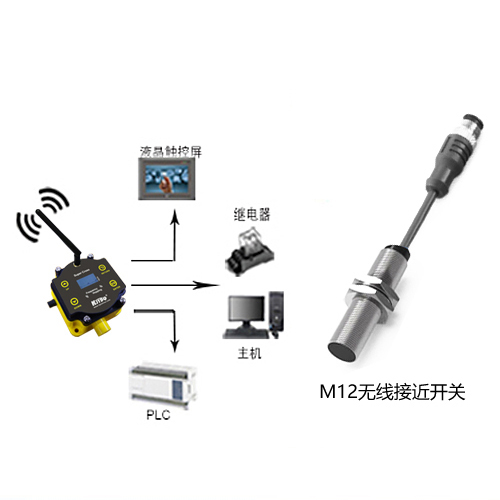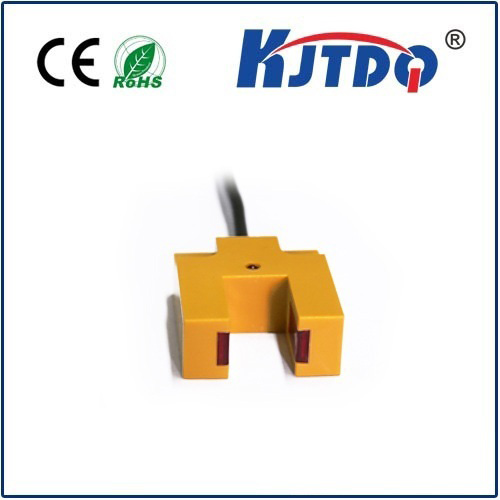u type infrared proximity sensor
- time:2025-09-07 00:35:21
- Click:0
U-Type Infrared Proximity Sensors: Precision Detection Through Beam Interruption
Ever struggled with detecting objects that are small, inconsistently shaped, or difficult for standard sensors to recognize reliably? Imagine a production line where tiny components zip past, needing confirmation of presence before assembly. Or a high-speed packaging machine that must know precisely when a box enters the sealing station. In scenarios demanding unambiguous object detection across a defined gap, U-Type Infrared (IR) Proximity Sensors often emerge as the unsung heroes of automation. These robust devices offer a simple yet highly effective solution based on a fundamental principle: beam interruption.

Understanding the “U-Type” Configuration:
Unlike reflective sensors that bounce IR light off a target, the defining characteristic of a U-type sensor is its physical form factor. It consists of two separate housings connected physically or electronically, forming a shape resembling the letter “U”. One housing contains an Infrared emitter (typically an IR LED), while the directly opposite housing contains an Infrared receiver (commonly a phototransistor or photodiode). The key element is the precise gap between these two components. This gap is the sensing zone. The emitter constantly projects an invisible beam of modulated infrared light directly towards the receiver. When no object is present in the gap, the beam reaches the receiver uninterrupted, resulting in a specific output state. When an object enters the gap, it physically blocks the infrared beam. The receiver detects this absence of light, triggering a change in the sensor’s output signal.
Core Working Principle: Interrupted Beam Detection
The operation hinges on direct line-of-sight interruption:
- Constant Emission: The IR emitter generates a beam of infrared light, usually modulated at a specific frequency. This modulation is crucial as it makes the sensor immune to interference from ambient light sources (like sunlight or fluorescent lamps) that emit constant IR. The receiver is tuned to respond only to this specific modulated frequency.
- Uninterrupted State: With no object present within the sensing gap, the modulated IR beam travels unimpeded from the emitter to the receiver. The receiver circuit recognizes this steady signal and maintains its normal output state (e.g., “ON” or “OFF”, depending on sensor design - light-on or dark-on).
- Detection Event: When an opaque object passes through the gap between emitter and receiver, it physically blocks the IR beam. The receiver no longer detects the expected modulated signal.
- Output Change: The sensor’s internal circuitry detects this interruption immediately and changes its output state. This signal change can be a transistor switching (NPN/PNP) or a relay contact closing/opening, providing a clear digital signal to a PLC, counter, controller, or safety interlock circuit. Speed and reliability are hallmarks, as the detection is based on the absence of light, not its reflection.
Key Advantages of the U-Type Design:
- High Accuracy & Reliability: Detection is based purely on beam presence/absence. It’s exceptionally reliable for detecting any opaque object, regardless of its color, surface texture (matte, glossy), or material (metal, plastic, wood, cardboard), as long as it blocks IR light. There’s no risk of false triggers due to background reflection.
- Precise Object Positioning: The detection occurs only within the specific, well-defined gap between emitter and receiver. This allows for very precise triggering when an object reaches that exact point. The aperture design (the slit the light passes through) is often engineered for pinpoint accuracy.
- Long Sensing Range: Since the emitter and receiver are separate, often powerful emitters and sensitive receivers can be used. This allows U-type sensors to achieve significantly longer sensing gaps compared to many other proximity sensor types – ranges of several meters are common.
- High Immunity to Interference: The use of modulated IR light makes these sensors highly resistant to ambient light variations, electrical noise, and even certain forms of dust or steam that might affect other sensing principles.
- Fast Response Times: The detection event (beam blocking) is a highly discrete event, leading to extremely rapid response times, ideal for high-speed counting or positioning applications.
- Non-Contact Sensing: Like other proximity sensors, detection occurs without physical contact with the object, preventing wear and tear.
Common Applications Leveraging U-Type IR Sensors:
The unique characteristics of U-type IR sensors make them indispensable in numerous fields:
- Industrial Automation & Manufacturing:
- Object Presence Verification: Detecting small parts, components, or products on conveyors, assembly lines, or feeding mechanisms. Crucial for process control and sequencing.
- Precise Positioning: Triggering actions when an object reaches a specific point, like initiating a press cycle, starting a weld, or activating a labeler.
- High-Speed Counting: Accurately counting fast-moving objects (bottles, cans, packages) passing through the gap. Through-beam sensors excel here.
- Web Break Detection: Monitoring continuous materials (paper, film, foil) for breaks by detecting when the material stops blocking the beam.
- Machine Safety: Used in some safety light curtains (though more sophisticated), or as simple interlocks to detect if guards are closed.
- Packaging Machinery:
- Detecting cartons entering sealing stations.
- Verifying flap positions before gluing or taping.
- Ensuring correct product orientation before casing.
- Security Systems:
- Perimeter Protection: Creating invisible beams across entry points like doors, windows, or corridors. Interruption triggers an alarm. Often configured as multiple beams. Beam sensors are a staple in intrusion detection.
- Gate/Door Monitors: Detecting if a gate or door is open or closed.
- Printing & Paper Handling:
- Detecting paper jams by sensing the presence/absence of paper at critical points.
- Verifying sheet feed in photocopiers or printers.
- Robotics:
- Providing precise object position feedback for pick-and-place arms, especially in electronic assembly.
- Collision prevention for robotic arms or mobile robots working in defined paths.
- Access Control:
- Detecting a person passing through a turnstile or doorway.
U-Type Sensors vs. Other Proximity Sensor Types:
It’s helpful to understand where U-type IR sensors fit within the broader landscape:
- Diffuse Reflective IR Sensors: Emit and receive light from the same housing. Detect presence when light reflects off the target. Performance varies greatly with target color, texture, and distance. Susceptible to background interference. Shorter range than U-type.
- Retroreflective Sensors: Emit and receive light from the same housing, but require a reflector opposite the sensor. The beam travels out






